Use Simpson's Rule with n = 4 steps to estimate the integral.
A. 
B. 28
C. 14
D. 56
Answer: B
You might also like to view...
Solve the system of linear equations using matrices.
A. (5, 1) B. ? C. (-1, -5) D. (1, 5)
Sketch the graph of the quadratic function. Identify the vertex, intercepts, and the equation for the axis of symmetry.f(x) = 2x2 + 12x + 22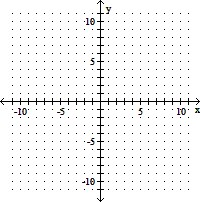
A. vertex (3, 4)
x-intercepts: none
y-intercept (0, 22)
axis of symmetry: x = 3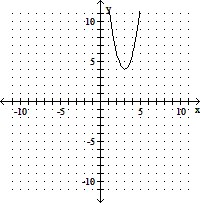
B. vertex (-3, 4)
x-intercepts: none
y-intercept: 
axis of symmetry: x = -3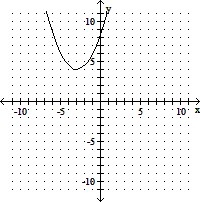
C. vertex (3, 4)
x-intercepts: none
y-intercept 
axis of symmetry: x = 3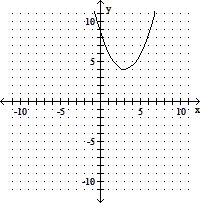
D. vertex: (-3, 4)
x-intercepts: none
y-intercept: (0, 22)
axis of symmetry: x = -3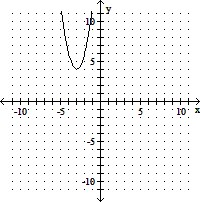
Find all complex roots. Write the answer in polar form, with 0 ? ? ? 360°.Cube roots of 64
A. 4(cos 45° + i sin 45°), 4(cos 165° + i sin 165°), 4(cos 325° + i sin 325°) B. 4(cos 0° + i sin 0°), 4(cos 60° + i sin 60°), 4(cos 120° + i sin 120°) C. 4(cos 90° + i sin 90°), 4(cos 210° + i sin 210°), 4(cos 330° + i sin 330°) D. 4(cos 0° + i sin 0°), 4(cos 120° + i sin 120°), 4(cos 240° + i sin 240°)
Evaluate the expression.
A.
B.
C.
D.
E.




